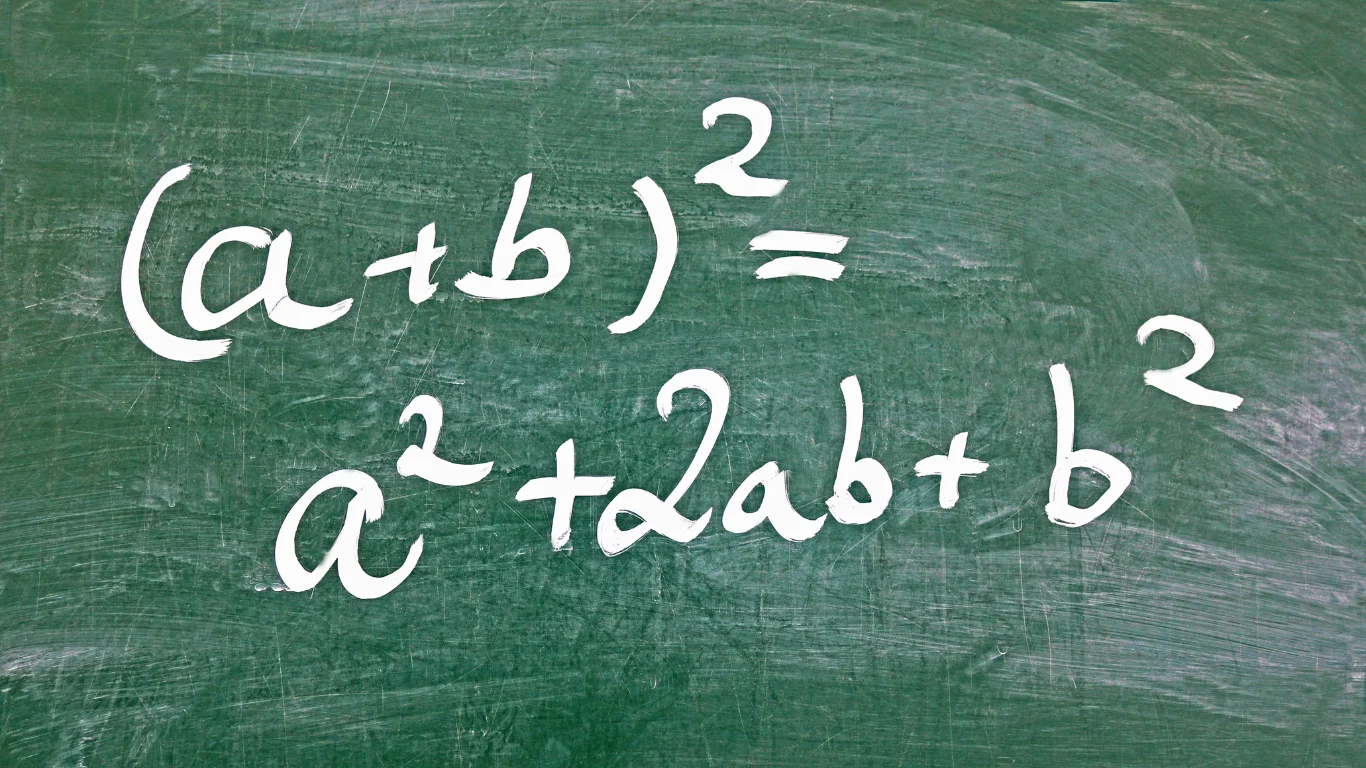
The 2024 HSC Mathematics Extension 1 exam challenged students with a mix of familiar concepts and complex problem-solving, testing their mastery of calculus, trigonometry, vectors, and probability. The exam assessed the students on their ability to manipulate algebraic expressions, apply calculus to real-world contexts, and construct mathematical arguments. The two-hour paper was divided into multiple-choice questions (Section I, 10 marks) and extended response questions (Section II, 60 marks), requiring detailed mathematical reasoning.
General Summary of the Exam
The exam was well-structured, covering all major syllabus topics, including:
- Functions and Calculus (inverse functions, differentiation, integration, and related rates)
- Trigonometric Equations (identities, applications of compound angles)
- Vectors and Proof (scalar product, vector projections, mathematical induction)
- Statistical Analysis (binomial probability, normal distribution)
While most questions aligned with the syllabus expectations, some required deeper conceptual thinking, particularly those involving proof, integration, and differential equations. Many students found the calculus-based volume and rate of change problems particularly challenging.
Easiest Question: Multiple-Choice Question on the Polynomial Roots (Q1)
The first multiple-choice question involved identifying a missing root of a cubic polynomial equation. This was a direct application of algebraic techniques, which most students handled efficiently. The question was straightforward, requiring students to recall the fundamental theorem of algebra and factorise the polynomial to find the missing root.
Hardest Question: Question 14(d) – Projectile Motion and Increasing Distance
The most difficult question in the paper was Question 14(d), which required students to prove that a projectile’s distance from the origin was always increasing under a given condition. This problem integrated vector calculus with parametric equations and trigonometric reasoning, requiring a deep understanding of kinematics, differentiation, and inequalities. Many students struggled with setting up the correct mathematical proof and interpreting the implications of sin⁻¹ functions within the given domain.
💡Maths Extension 1 is an advanced course that showcases mathematical skills and nurtures lifelong passion for problem-solving and logical reasoning. Explore more about HSC Maths Extension 1 in this guide!

Key Takeaways from the 2024 HSC Mathematics Extension 1 Exam Report
Success in the HSC Mathematics Extension 1 exam requires more than just formula recall—it demands precision, logical reasoning, and structured problem-solving. The 2024 examiner’s report highlighted key strengths in top-performing responses, areas for improvement, and common mistakes that students should avoid in future exams.
Key Skills to Focus On for Mathematics Extension 1 Students
The strongest responses in the 2024 HSC Mathematics Extension 1 exam demonstrated:
Clear and logical mathematical reasoning – High-scoring students structured their solutions clearly, showing every step rather than jumping to an answer.
Correct use of notation – Proper vector notation, integral signs, and correct placement of brackets were hallmarks of good responses.
Fluent algebraic manipulation – Top students efficiently factorised polynomials, solved inequalities correctly, and managed complex fractions and indices.
Accurate application of calculus – In questions involving differentiation and integration, the best responses used appropriate techniques such as substitution, the chain rule, and logarithmic differentiation without algebraic errors.
Effective use of the reference sheet and calculator functions – Students who performed well knew when to apply standard results and used their calculators strategically without over-reliance.
Careful interpretation of graphs and diagrams – High-achieving candidates extracted key information from given sketches, correctly applying concepts such as areas under curves and trigonometric identities.
Precise handling of proofs – Strong responses in mathematical induction and vector proofs showed logical progressions with clear justifications at each step.
💡Understand how HSC scaling works and discover which subjects get scaled the most and the least.

Summary of Advice from the Examiner’s Report
General Exam Advice:
- Read questions carefully – Several errors came from misinterpreting what was being asked, especially in multi-step problems.
- Justify all steps where required – Answers that lacked reasoning, particularly in proofs and calculus applications, scored lower.
- Use correct notation – This was particularly important in vector operations, trigonometry, and differentiation, where misplaced brackets or missing subscripts led to lost marks.
- Manage time wisely – Section II required detailed responses, and some students struggled to complete the paper within the allocated time.
- Check answers for reasonableness – Some solutions were clearly unrealistic (e.g., negative probabilities or incorrect domains for inverse trigonometric functions).
Question-Specific Advice:
Algebra & Inequalities:
- Some students struggled to manipulate quadratic inequalities, often misapplying inequality signs when solving by factorisation.
- Graphs should be used to support inequality solutions, especially in polynomial questions.
Vectors:
- Many students misapplied the dot product in perpendicular vector problems, forgetting that the result should be a scalar, not a vector.
- In vector projections, some responses failed to fully simplify expressions or missed critical steps in working out.
Trigonometry:
- Errors frequently occurred in compound angle identities, especially in proofs and equation solving.
- Some students did not correctly handle domain restrictions when solving inverse trigonometric equations.
Calculus & Related Rates:
- Some responses failed to fully separate variables before attempting integration in differential equations.
- Chain rule errors were common in related rates problems, particularly when differentiating implicitly with respect to time.
Probability & Statistics:
- Some students applied incorrect standard deviation formulas when solving normal distribution problems.
- Several responses misinterpreted binomial probability wording, leading to incorrect calculations of success probabilities.
Proofs & Mathematical Induction:
- Some students misunderstood how to structure an induction proof, failing to clearly state the base case, assumption step, and inductive conclusion.
- Algebraic manipulation was often weak, particularly in proving divisibility statements.
💡Discover valuable insights into how ATARs are calculated and how subject scaling affects their final rank here!

Common Mistakes in the 2024 Mathematics Extension 1 Exam
Errors in Algebraic Manipulation – Many students made mistakes when expanding, factorising, or simplifying algebraic expressions, leading to incorrect solutions.
Misuse of Notation – Some students wrote vectors as scalars, incorrectly placed integral limits, or omitted absolute value signs in logarithmic equations.
Skipping Key Steps in Proofs – In questions involving mathematical induction or inequalities, students often jumped to conclusions without sufficient justification.
Trigonometric Errors – Many students misapplied angle sum and difference identities and inverse function properties, leading to incorrect solutions.
Struggles with Applications of Calculus – Common issues included incorrect differentiation of logarithms, misapplication of the chain rule, and errors in setting up definite integrals.
Graphical Misinterpretation – In questions requiring sketching curves or interpreting given diagrams, many students failed to properly identify key features such as asymptotes, intercepts, and points of inflection.
Difficulty with Vector Projections – Many responses incorrectly calculated scalar components or failed to apply dot product definitions correctly.
Time Management Issues – Some students left later questions incomplete, particularly multi-mark calculus and probability problems.
💡Check out why past papers are the best way to study for exams!
Final Thoughts
The 2024 HSC Mathematics Extension 1 exam reinforced the importance of structured reasoning, clear notation, and strong algebraic skills. Students aiming for high marks should focus on building fluency in calculus, mastering vector operations, improving proof-writing skills, and practising time management. Future candidates can maximise their performance by reviewing past examiner reports, practising under timed conditions, and carefully analysing common errors.







